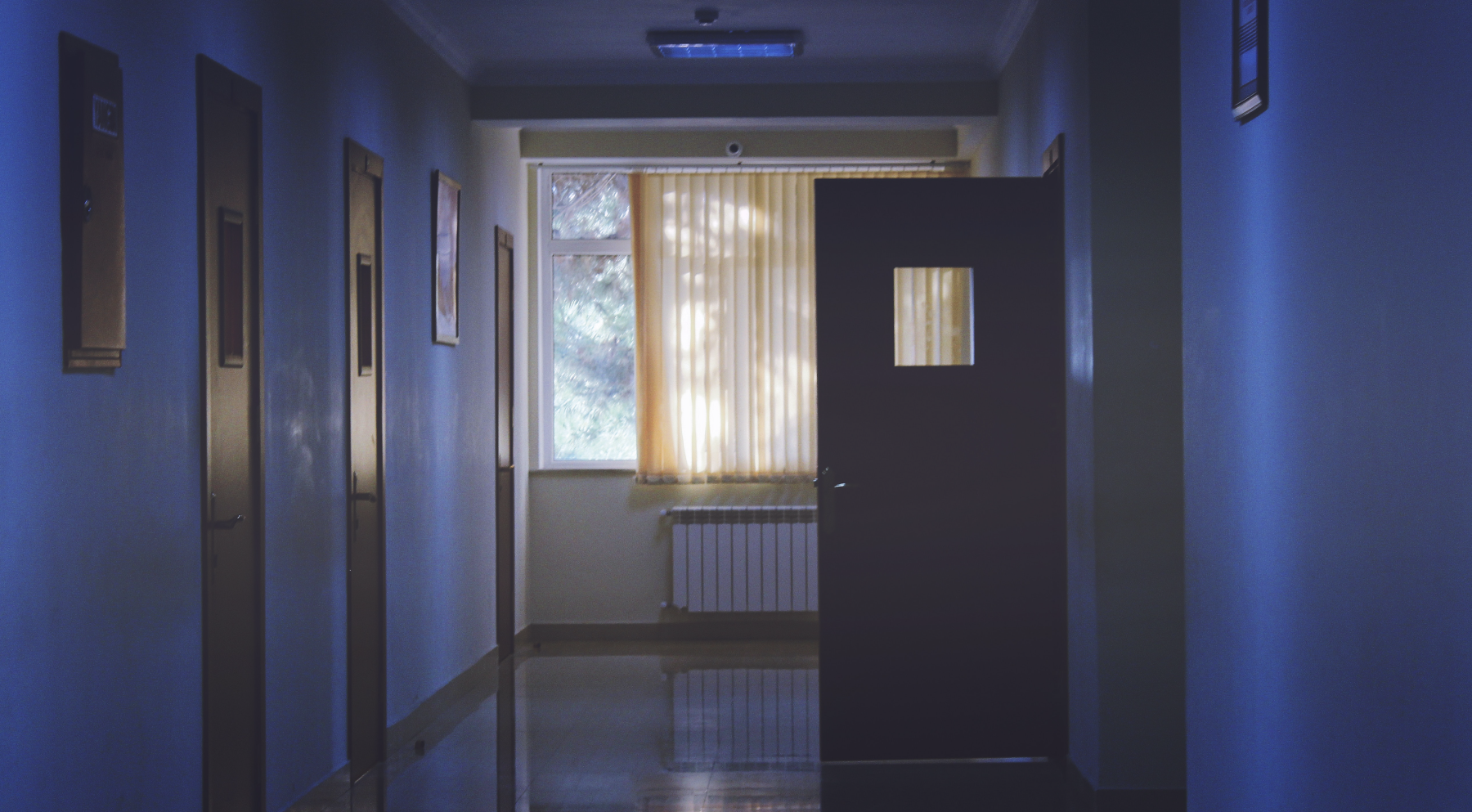SOAS-R: Reliably Assessing Violence Issues on Psychiatric Wards
Research into aggression in mental healthcare units has revealed worryingly high occurrence rates in recent years. Violence against staff is pervasive—yet under-reported and often ignored. Mental healthcare workers and nurses are more likely to experience violence than other professional sectors. Some 75 percent of assaults are by patients.

Under-reporting problems
An estimated seven in ten violent incidents within this healthcare sector do not reach the report stage. Verbal aggression is the most common type and often goes unaddressed or misperceived as part of the job. However, toxic behavior of this type causes staff burnout, post-traumatic stress disorder, depression and anxiety.
The US Joint Commission advocates standardized measurement and precise definitions for violence assessment. It considers reporting systems essential to capture and track incidents, even when no harm occurs. Yet over a quarter (26 percent) of the providers questioned relied on unstructured clinical notes and research interviewer questionnaires.
Valuing violence assessment
Time constraints hamper the proper integration of reporting routines into busy workflows. Nonetheless, it is worth persevering. Healthcare providers can gain considerably from accurate data on the effectiveness of interventions and policies to address violence.
Standard measurements enable comparisons between different institutions, regions, and countries, eliminating the difficulty of estimating differences using piecemeal approaches.
Predicting and reporting violence
Structured instruments such as the OAS are effective in quantifying healthcare aggression. Under the Modified Overt Aggression Scale (MOAS), for instance, ward staff assess patients' aggressive behavior by aggregating scores from four types of aggression criteria:
- Property-related
- Physical
- Verbal
- Self-directed
The process hinges on staff participation at assessment meetings or preparing unstructured written narratives. In addition, this weekly scoring process relies on retrospective information gathering, so under-reporting is a significant concern.
Introducing the BVC and SOAS-R
The Brøset Violence Checklist (BVC) detects early indicators of irritation and agitation in patients before they worsen into full-fledged violent episodes. Within the UK, NICE (the National Institute for Clinical Excellence) recommends the BVC for psychiatric services to predict imminent violence. Their experts see it as the golden standard for risk assessment in psychiatric institutions.
Nonetheless, if violent situations occur, the SOAS-R (Staff Observation Aggression Scale-Revised) assists in documenting, analyzing and evaluating each escalation. That way, ward managers can examine the details gleaned to pinpoint violence patterns and identify risks.
In the US, approximately three-quarters of mental healthcare facilities use the Observed Aggression Scale (OAS) or similar variants to measure violent incidents. The method hinges on recording information immediately, so the risk of underreporting is minimal.
Crucially, SOAS-R aims to prevent future incidents. The form collects and evaluates the following details:
- Severity
- Frequency of ward and individual patient involvement
- Factors involved, such as provocation
- Targets of aggression, whether staff or other patients
- Measures taken by staff immediately and afterward
Using the BVC with SOAS-R
Deployed together, the BVC and the SOAS-R contribute to the safety of mental health care facilities. Notably, a limitation of older protocols – such as MOAS – is their inability to distinguish between incident types. Also, occurrences involving a single patient attract the same score regardless of their frequency.
To address the above shortfalls, institutions mandated to use the MOAS can update to employing the SOAS-R, thus obtaining appropriate and reliable measurements while minimizing underreporting. Forward-thinking organizations that adopt this way of working stand to enhance the accuracy and reliability of patient assessments and make significant gains when they deploy the SOAS-R with the BVC.
Summary
The BVC and SOAS-R combine to provide feedback, prevent aggressive behavior and boost staff wellbeing. Their complementary use is synergistic and increases team resilience.
While the BVC monitors possible aggression risks continuously, the SOAS-R supports incident analysis. Crucial data gathered include contributory factors, the target(s) of the aggression and the ward team's response.
Here at Frenzs, we recommend using the BVC with SOAS-R for efficient, reliable violence assessment and management. If you are a healthcare program director or manager, please contact us today to discover more. We will be glad to advise, assist and discuss your requirements.
List of references:



